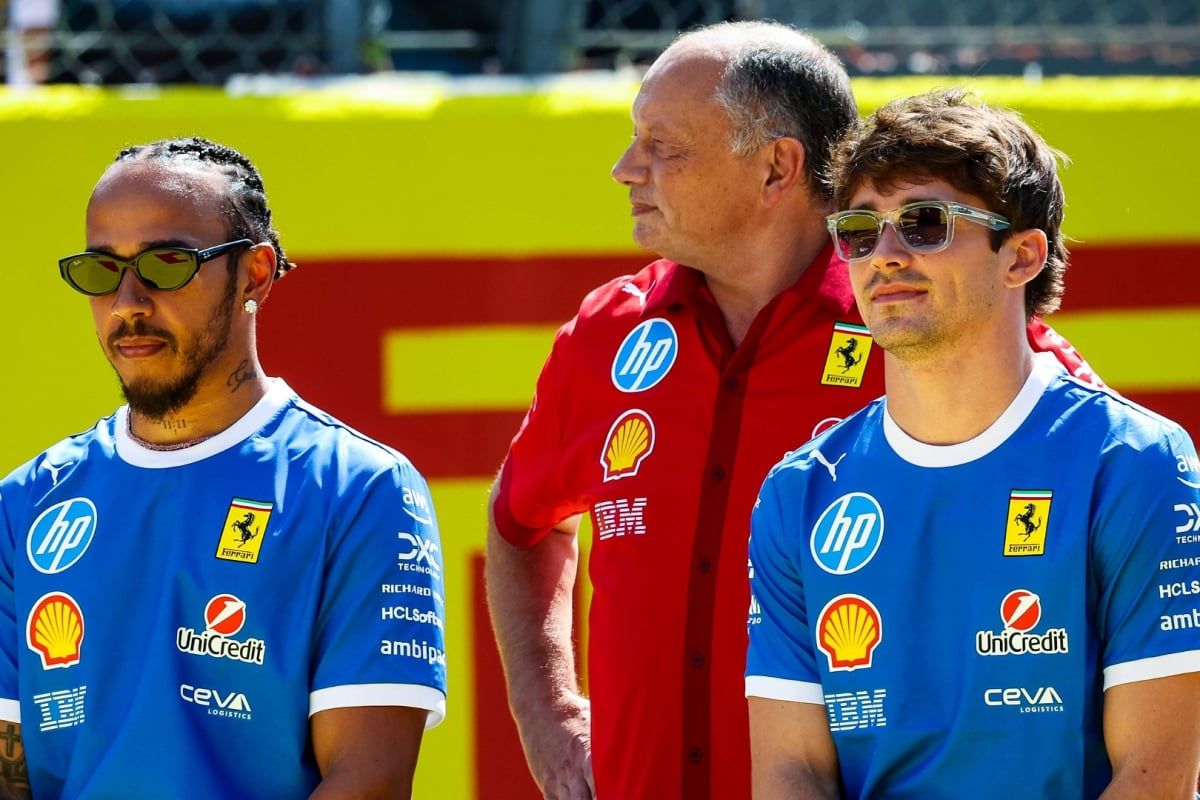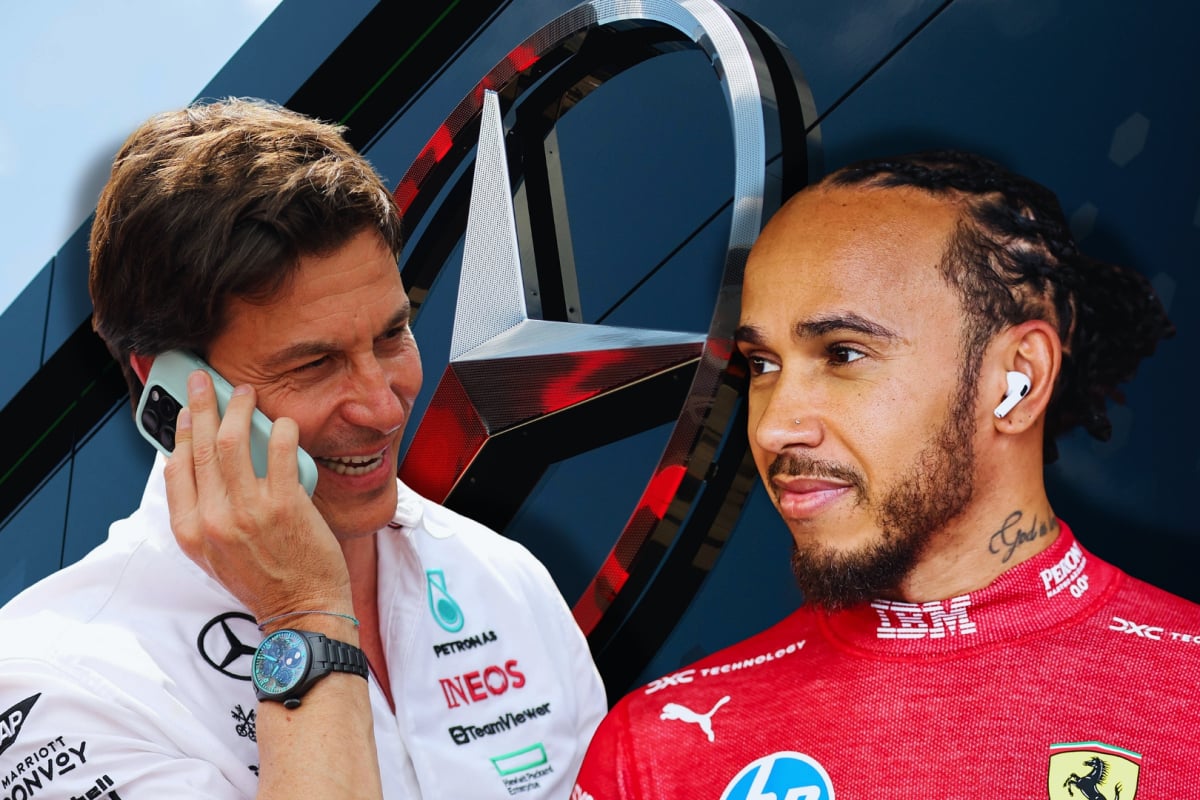Why Lewis Hamilton refuses to sign F1 helmets after previously snubbing f… read more
Lewis Hamilton, seven-time Formula 1 world champion and global icon, has long been known for his engaging personality and connection with his fanbase. However, recent reports suggest a shift in his approach to fan interaction, specifically regarding the signing of his iconic helmets. While he previously obliged fans with autographs, including on his distinctive race helmets, a noticeable change in his behavior has sparked debate and speculation amongst fans and the media. The reasons behind this apparent refusal are multifaceted and intertwined with the pressures of fame, the commercialization of motorsport, and Hamilton’s evolving relationship with his public image.
The initial reports of Hamilton’s refusal to sign helmets stemmed from anecdotal accounts of fans being turned away or having their requests politely but firmly declined. These accounts, circulated primarily through social media, lacked definitive proof and were often countered by other instances of Hamilton demonstrating generosity and approachability. This ambiguity fueled the ongoing discussion and prevented a clear understanding of the situation. However, the sheer volume of these reports, coming from various events and locations, hints at a consistent pattern rather than isolated incidents.
One potential factor contributing to Hamilton’s change of heart revolves around the immense commercial value of his racing equipment. His helmets, often featuring bespoke designs reflecting his personal style and sponsorships, are highly sought-after collector’s items. The uncontrolled signing of these helmets, particularly those potentially worn during significant races or sporting historical significance, could lead to a devaluation of the items, impacting their future worth on the memorabilia market. This isn’t an unfounded concern; many athletes and sports personalities carefully manage their signatures to control the supply and maintain the prestige associated with genuine autographs.
Furthermore, the sheer volume of requests Hamilton receives at each event adds another layer of complexity. The demands on his time are enormous, encompassing not only his racing duties but also media appearances, sponsorship commitments, and his expanding philanthropic endeavors. Spending time signing autographs, while seemingly a small task, collectively consumes considerable time that could be dedicated to these other crucial aspects of his career and personal life. This time constraint could be particularly acute during race weekends, where focus and concentration are paramount to achieving optimal performance.
Another less discussed aspect is the potential security concerns related to uncontrolled autograph sessions. The fervent dedication of Hamilton’s fanbase, while commendable, also poses a potential security risk. The uncontrolled approach to signing might result in overcrowding, pushing, or even potential damage to the driver and his belongings. Implementing a structured signing process might be necessary to ensure the safety of everyone involved and prevent any incidents.
Beyond the practical considerations, Hamilton’s evolving public image might also play a role. Over his career, Hamilton has become a vocal advocate for social justice and environmental causes. He may feel that shifting his focus from solely satisfying individual autograph requests towards more impactful engagements aligns better with his broader societal commitments. This approach might involve channeling his energy toward initiatives that reach a wider audience and contribute to meaningful change.
Finally, the digital age has fundamentally altered the dynamics of fan interaction. Social media offers a multitude of platforms for Hamilton to engage with his followers, potentially rendering traditional autograph sessions less crucial. He can connect with his audience through live streams, Q&A sessions, and other interactive digital formats, reaching millions while conserving his time and potentially limiting security risks.
In conclusion, Lewis Hamilton’s reported reluctance to sign helmets is not a simple issue of changing his mind. It likely stems from a confluence of factors, including commercial considerations, time constraints, security concerns, his evolving public persona, and the changing landscape of fan interaction in the digital age. While it may disappoint some ardent fans, understanding the complexities surrounding this decision provides a more nuanced perspective on the challenges faced by a global icon navigating the intricate world of fame and public expectation. Ultimately, his shift in approach underscores the continuous evolution of the relationship between athletes, their fans, and the ever-changing dynamics of the modern sporting landscape.




